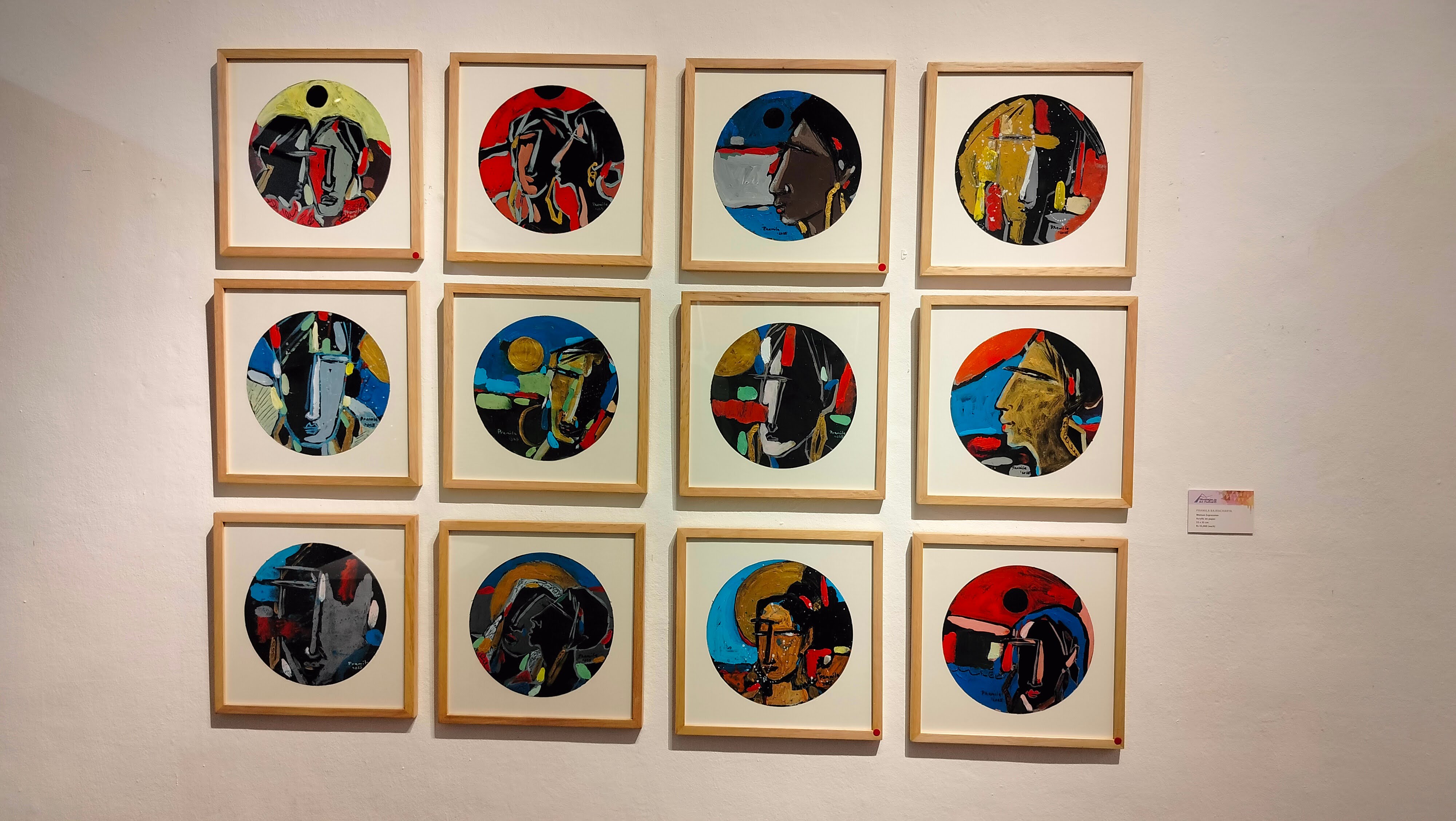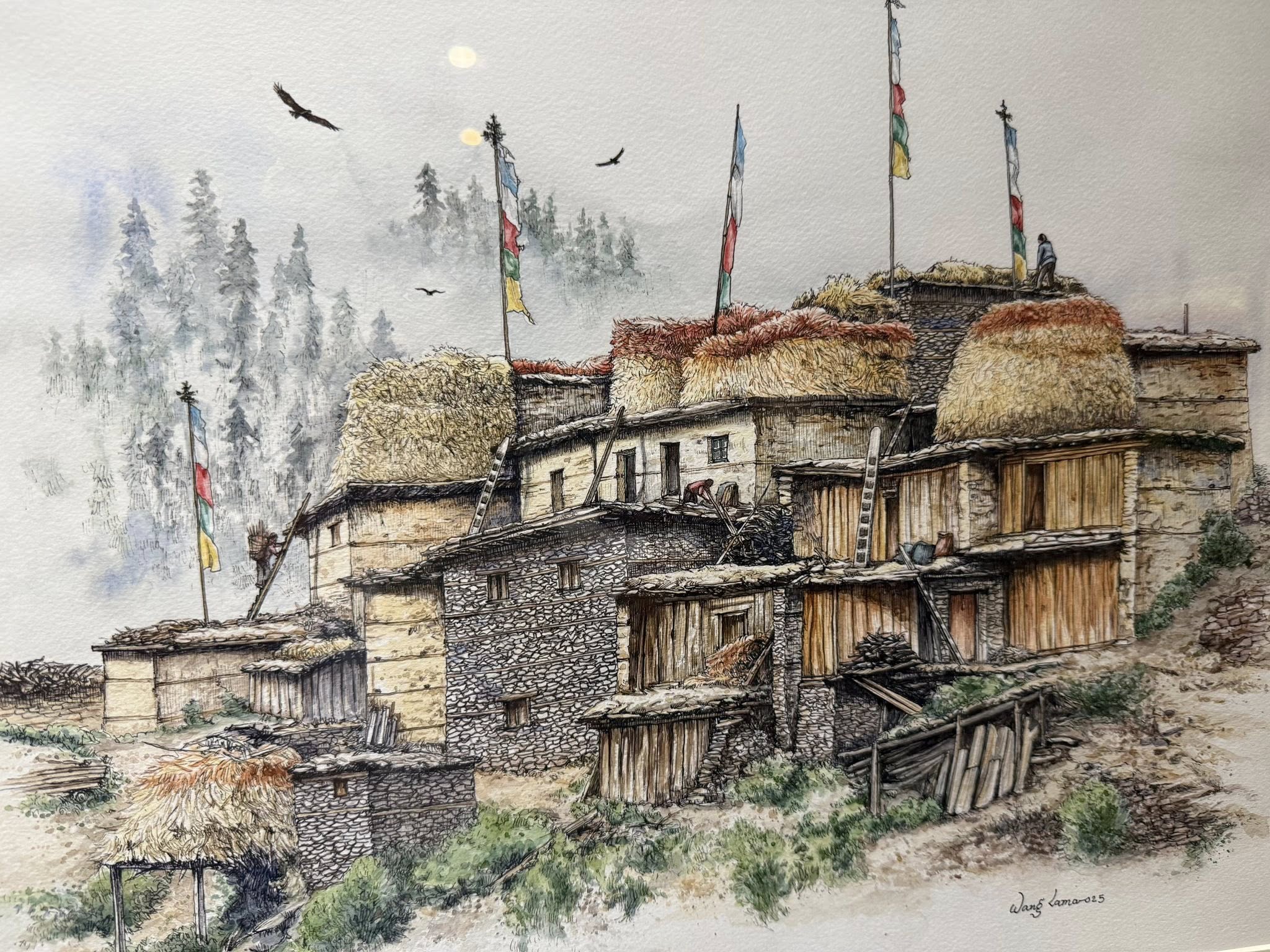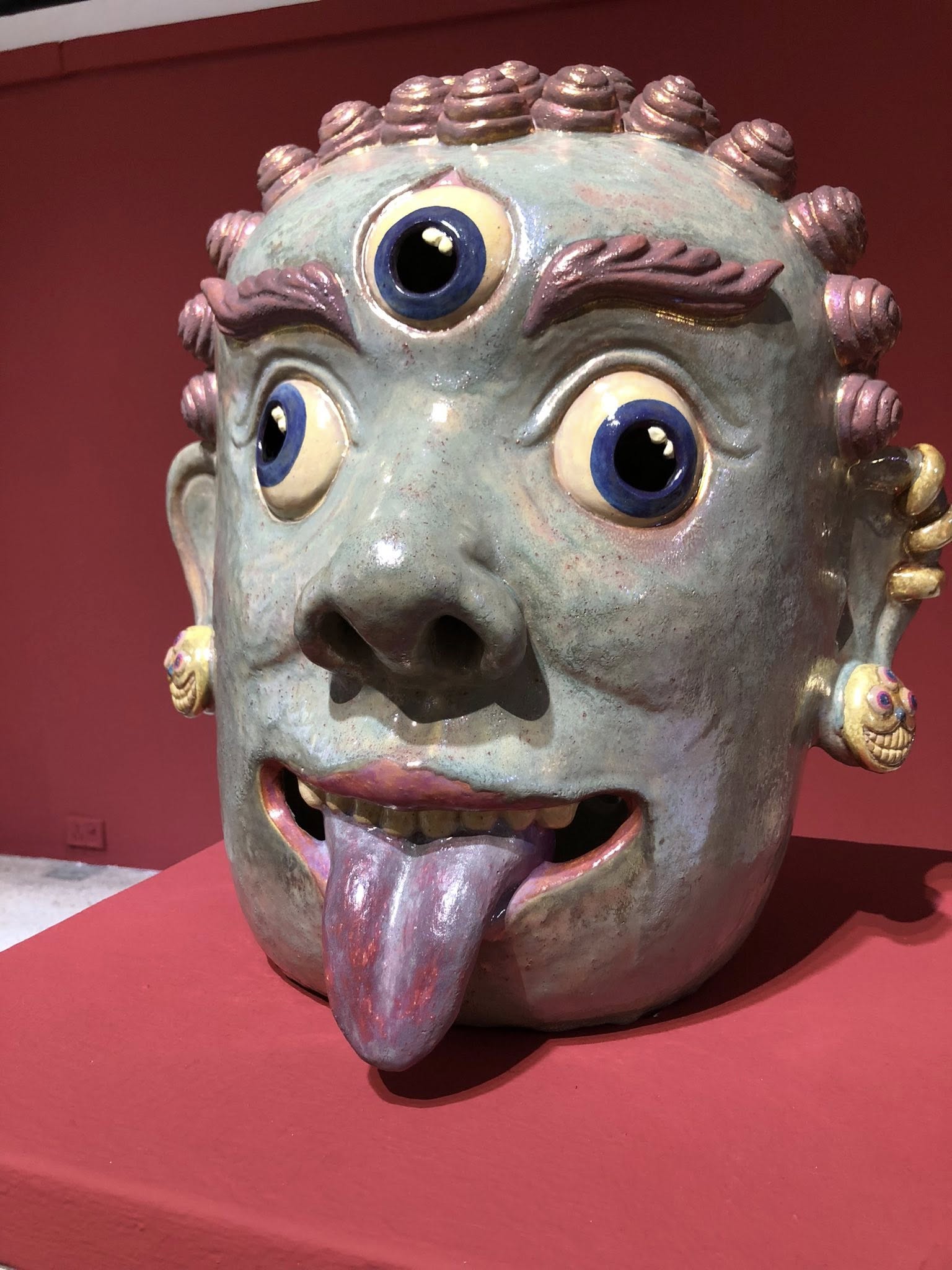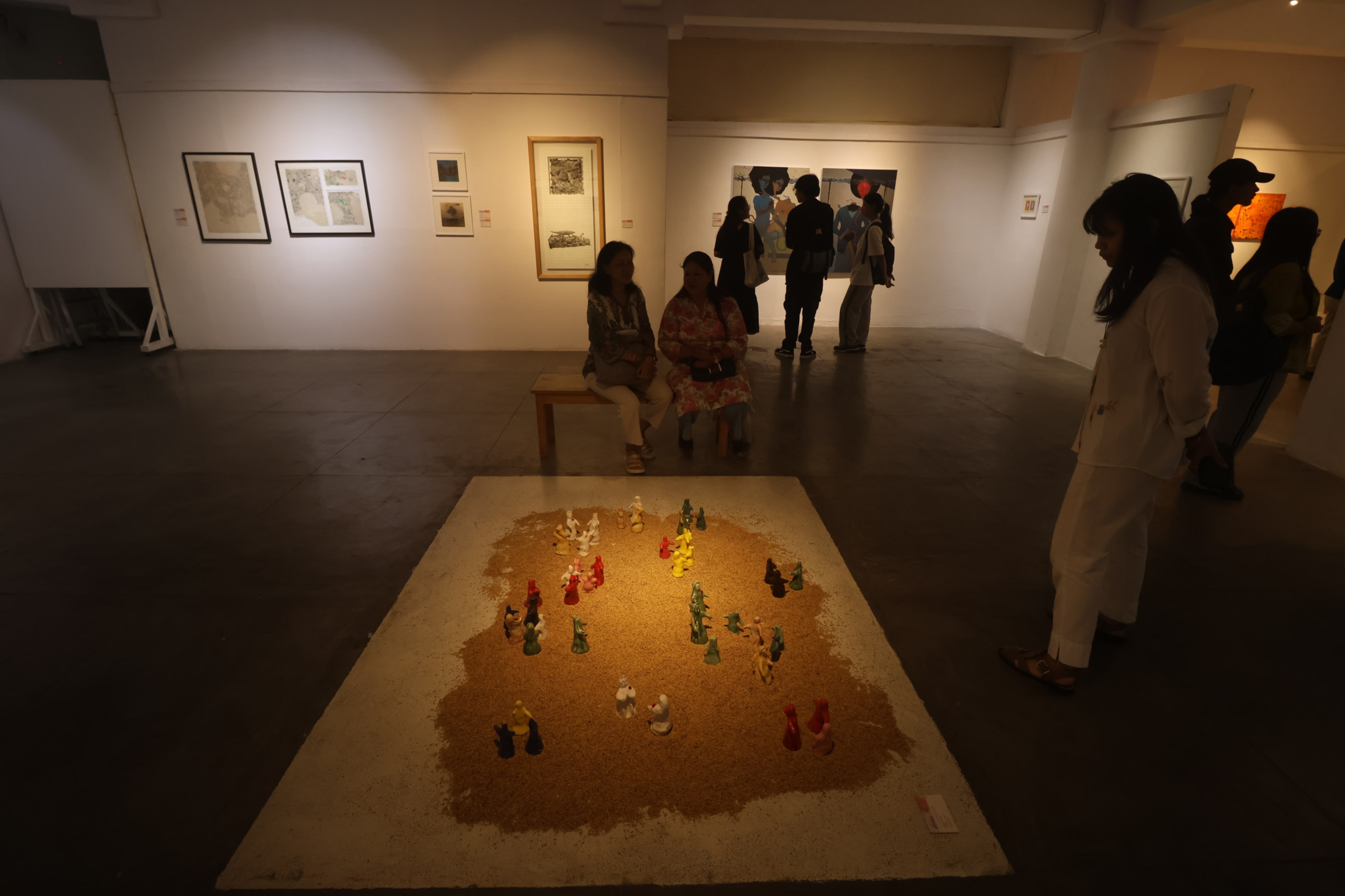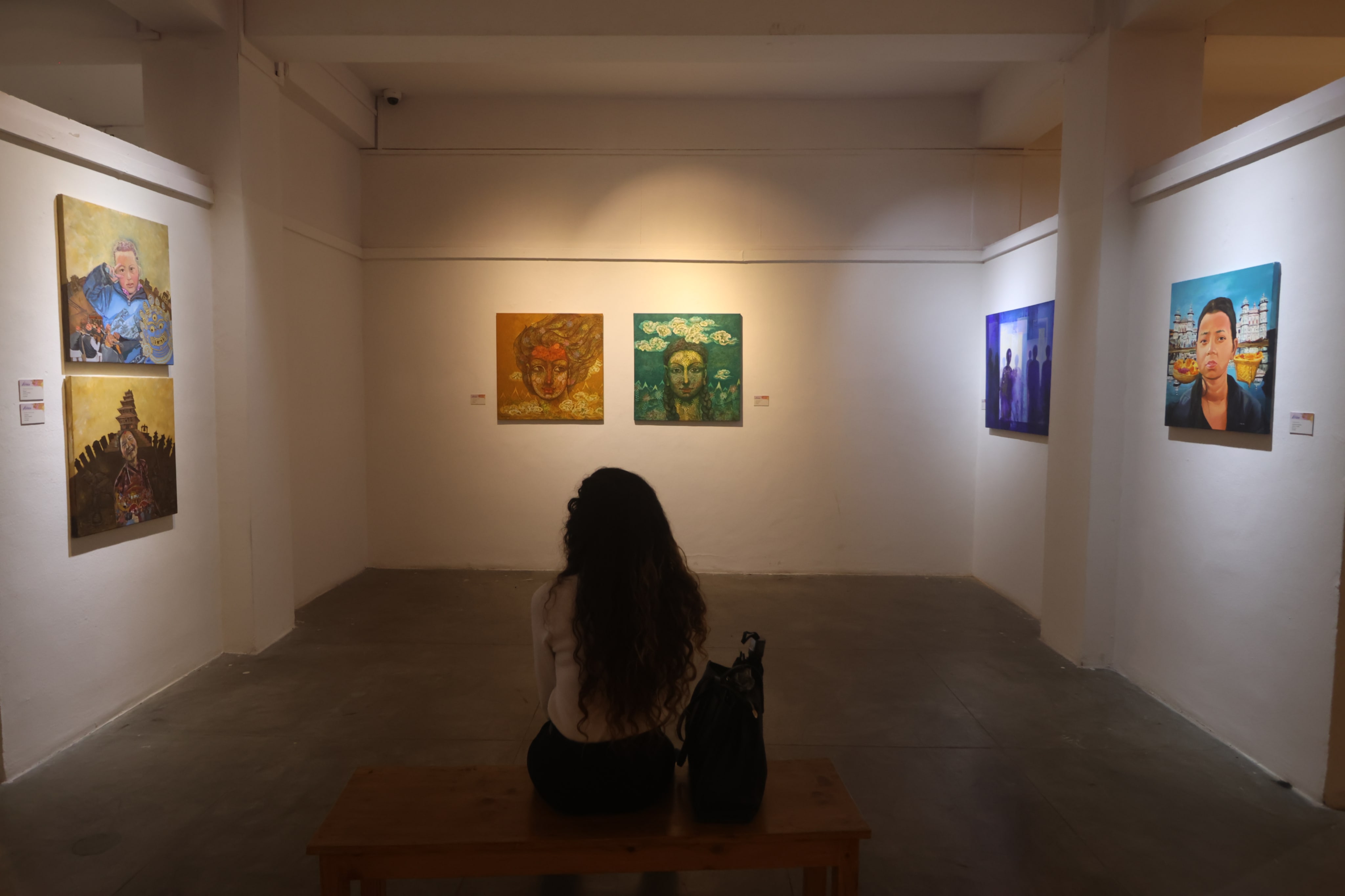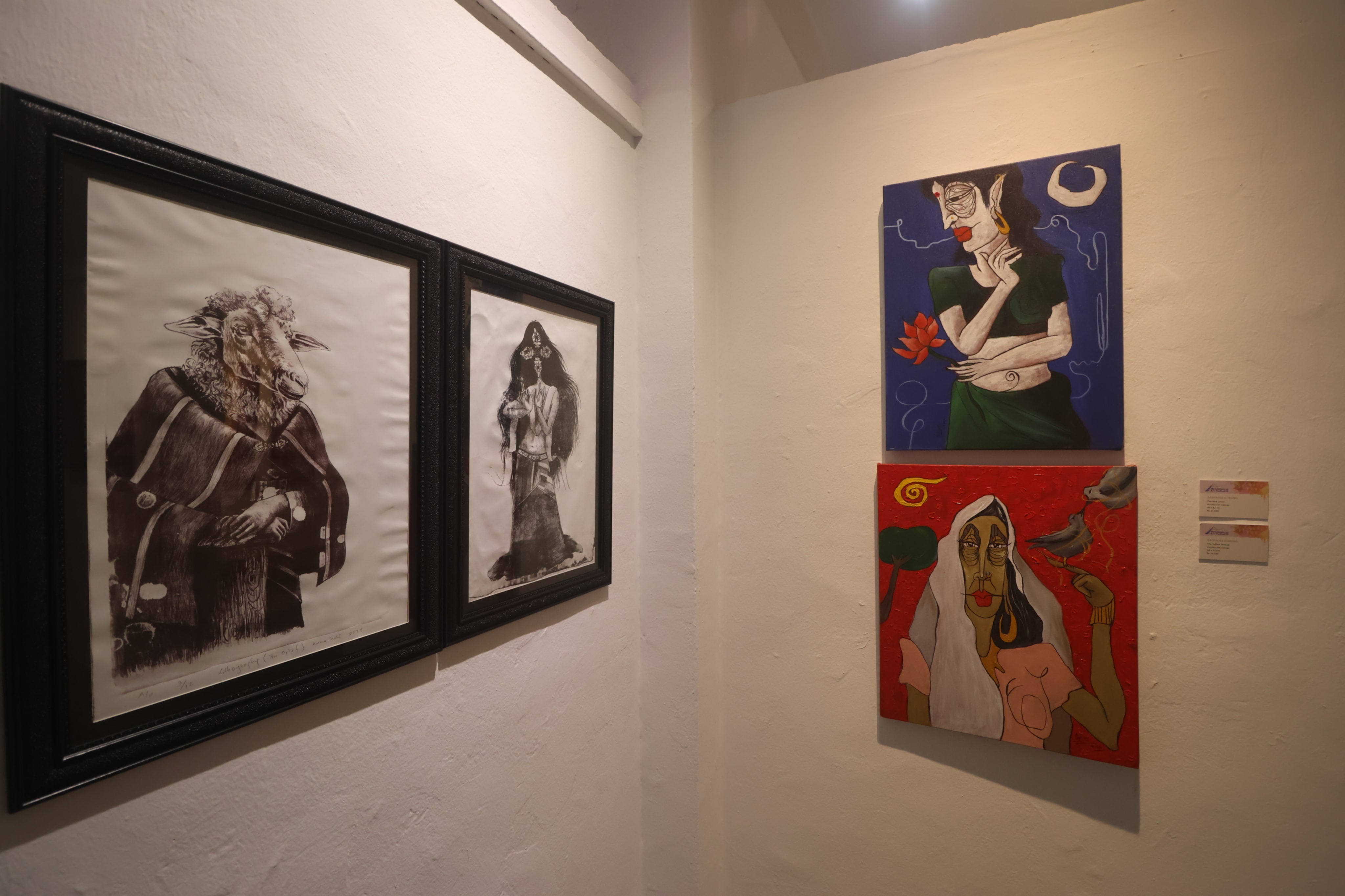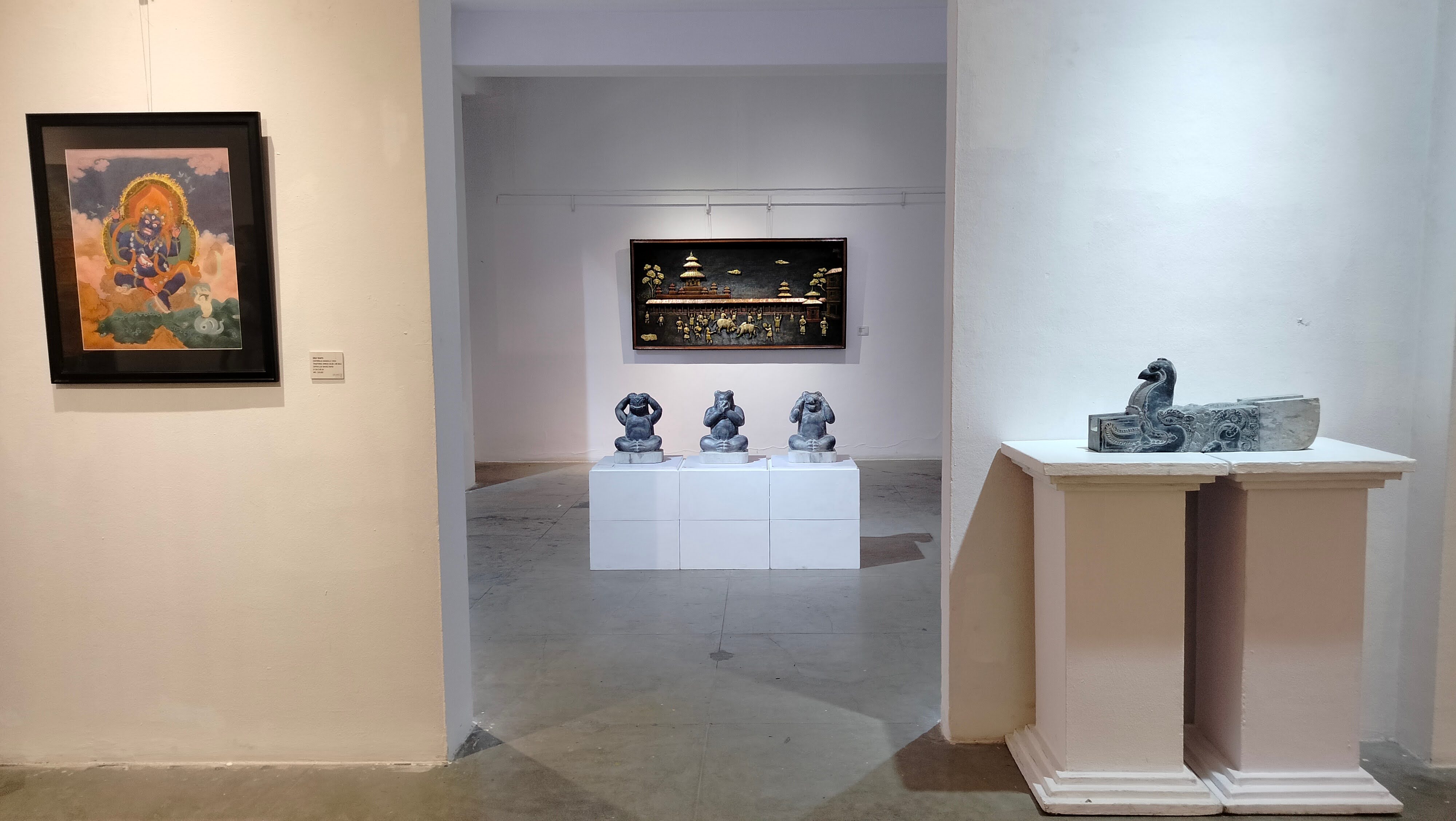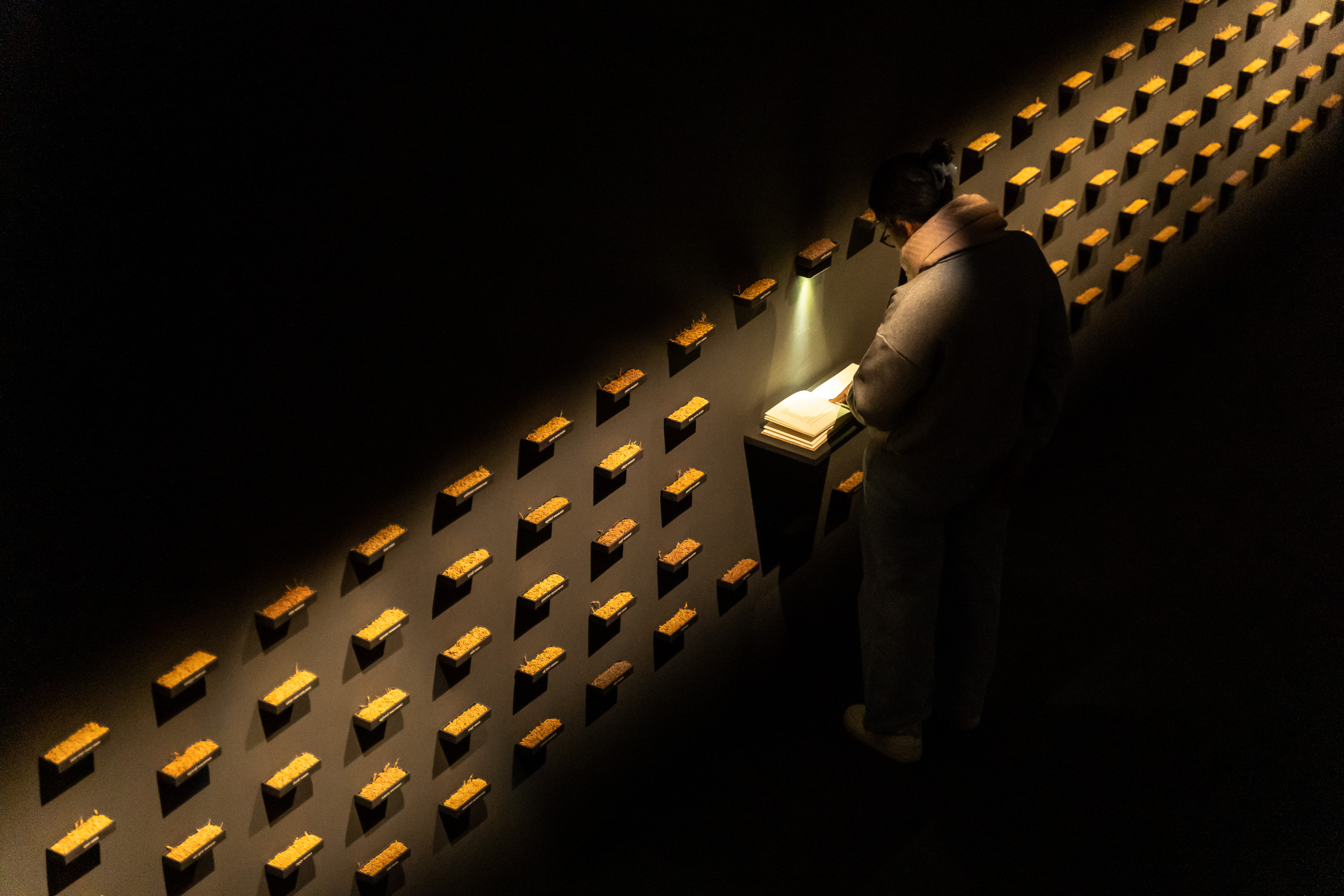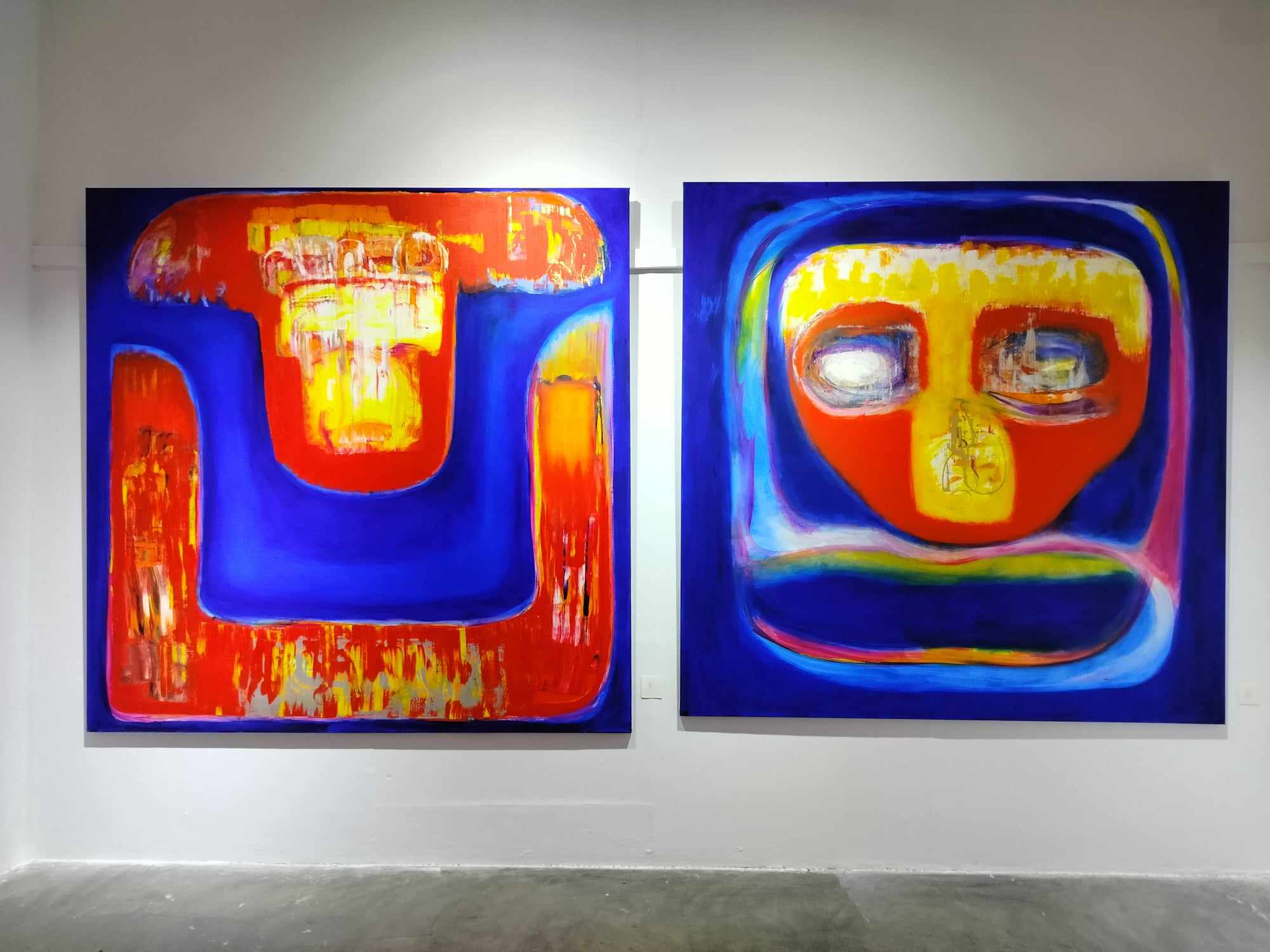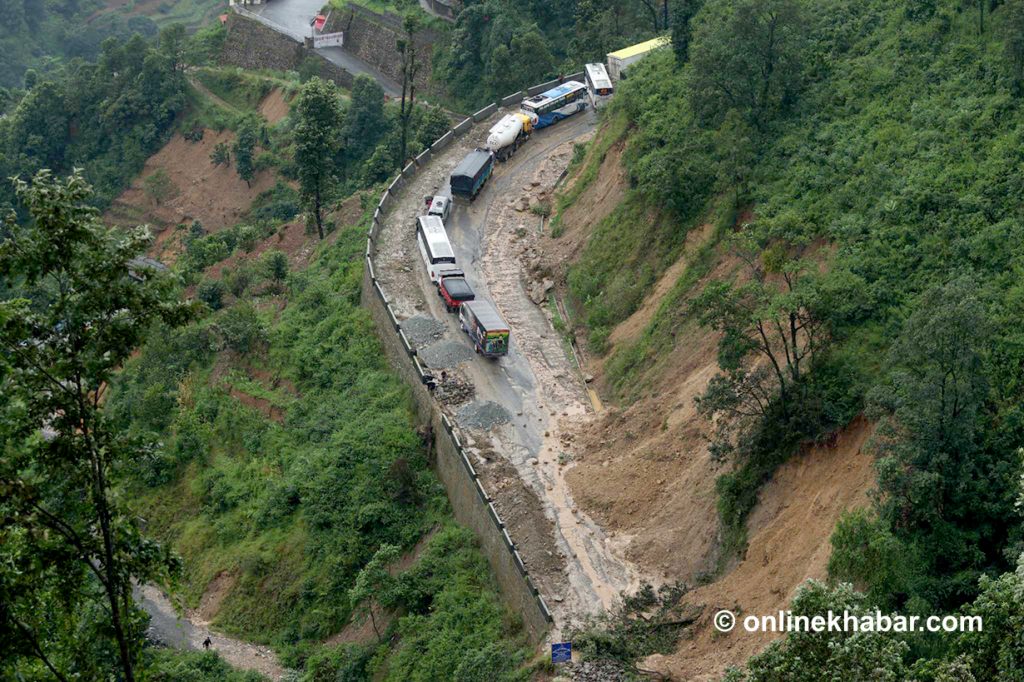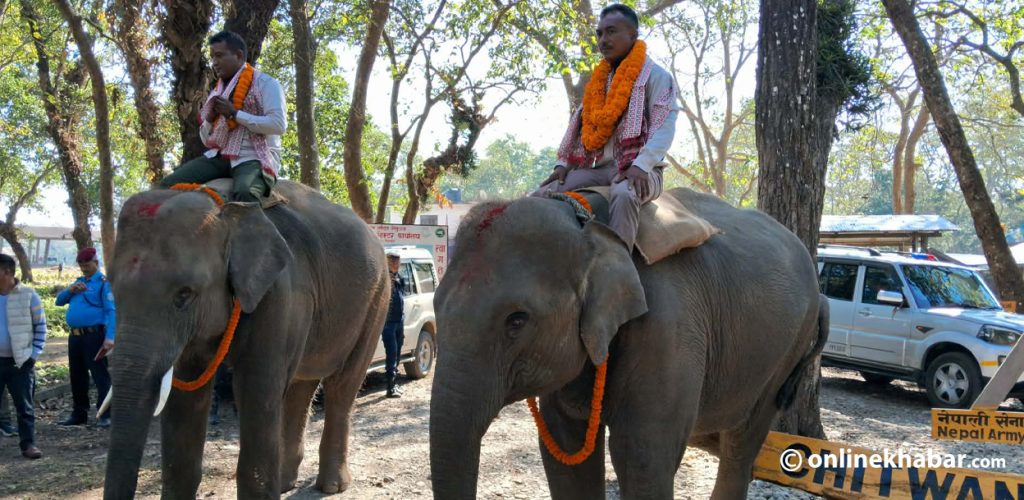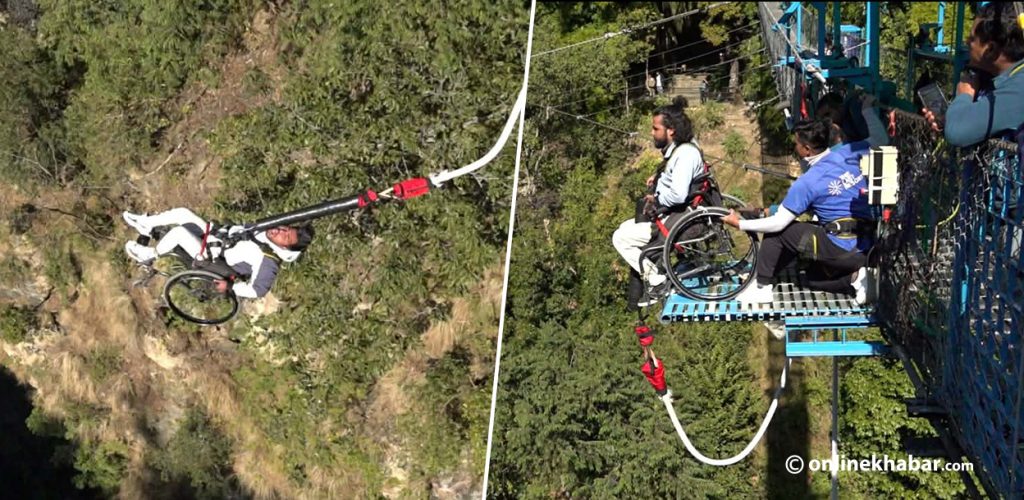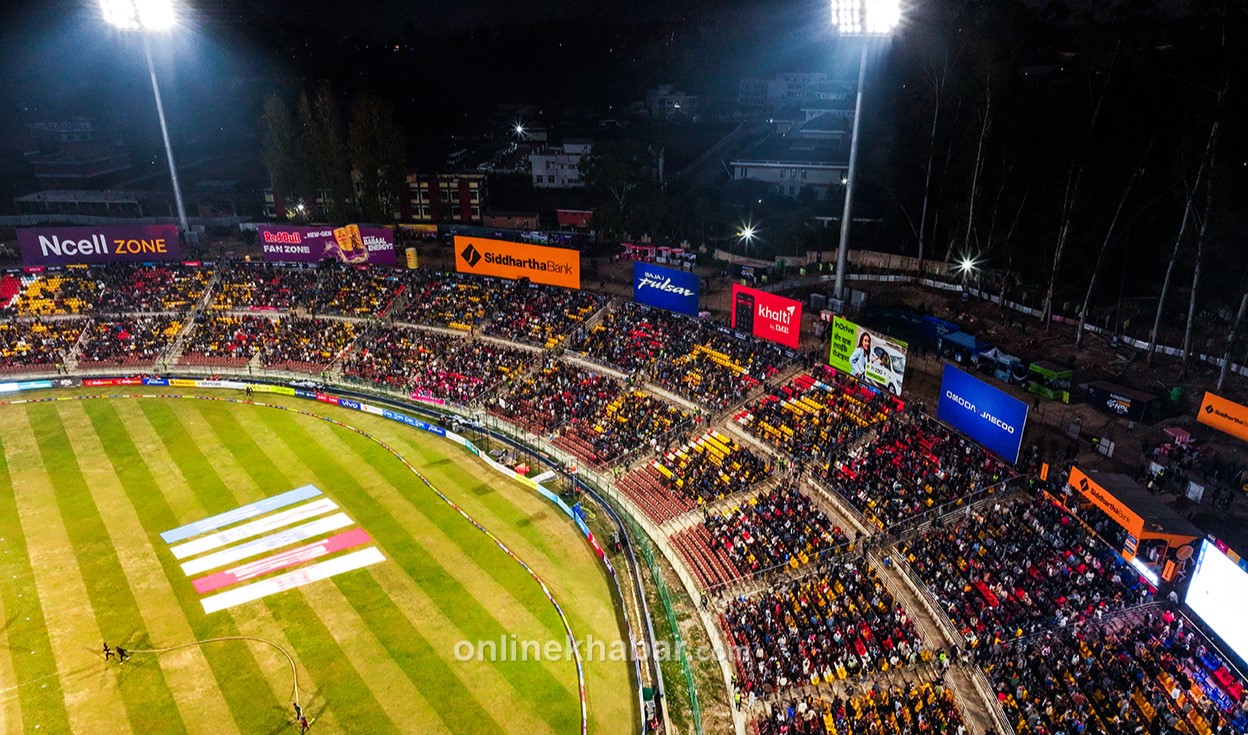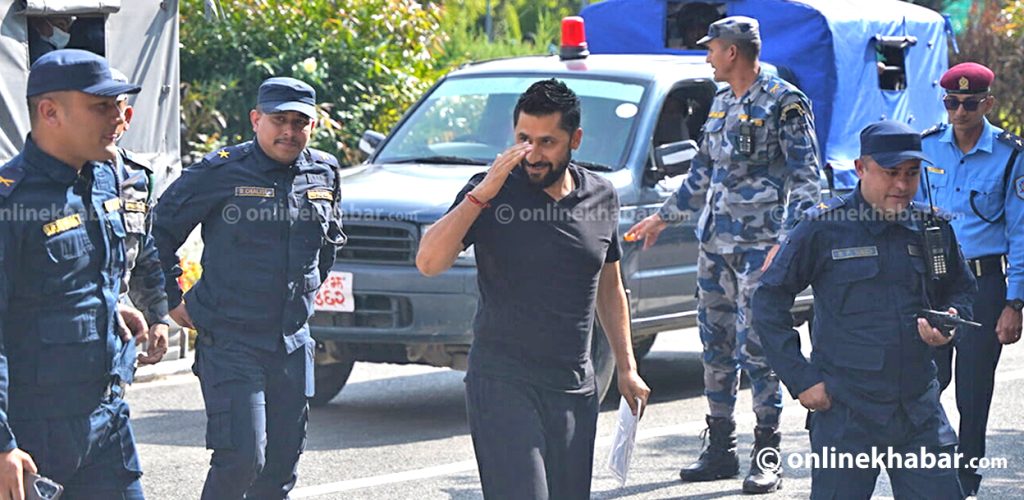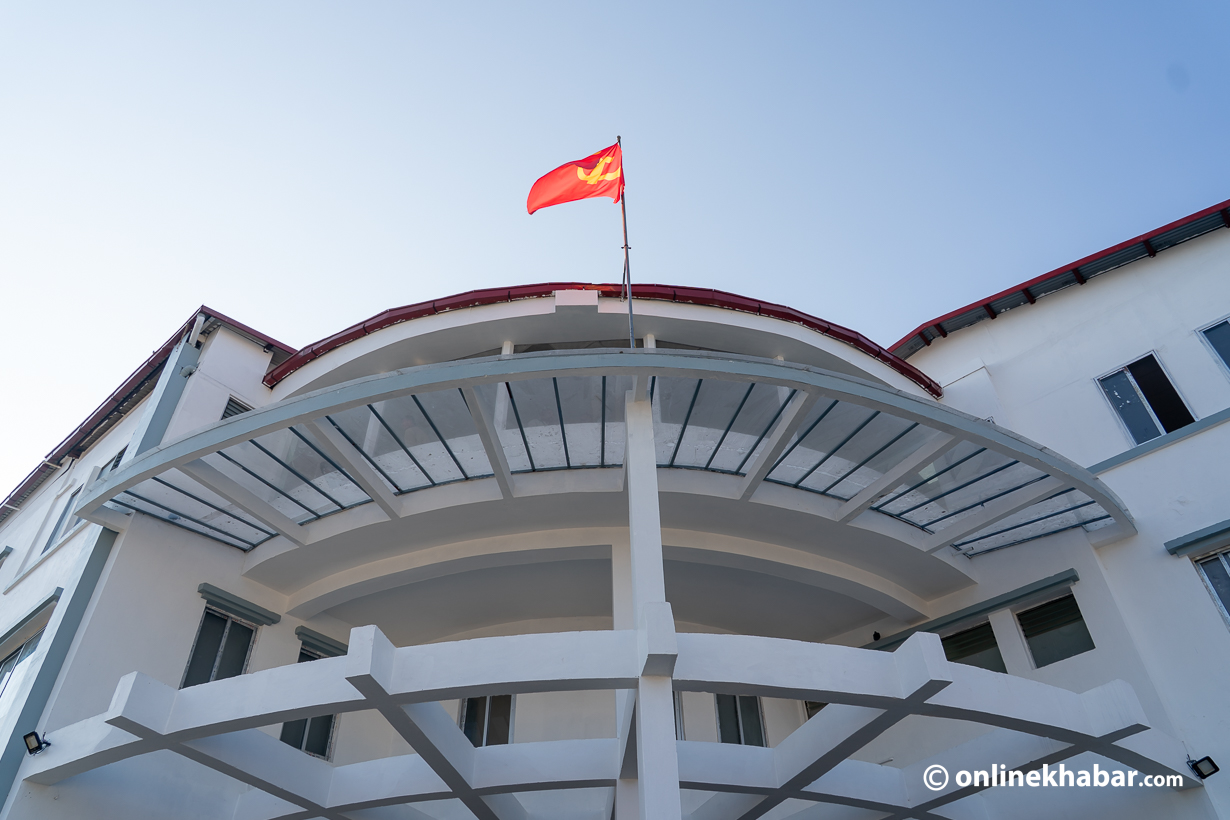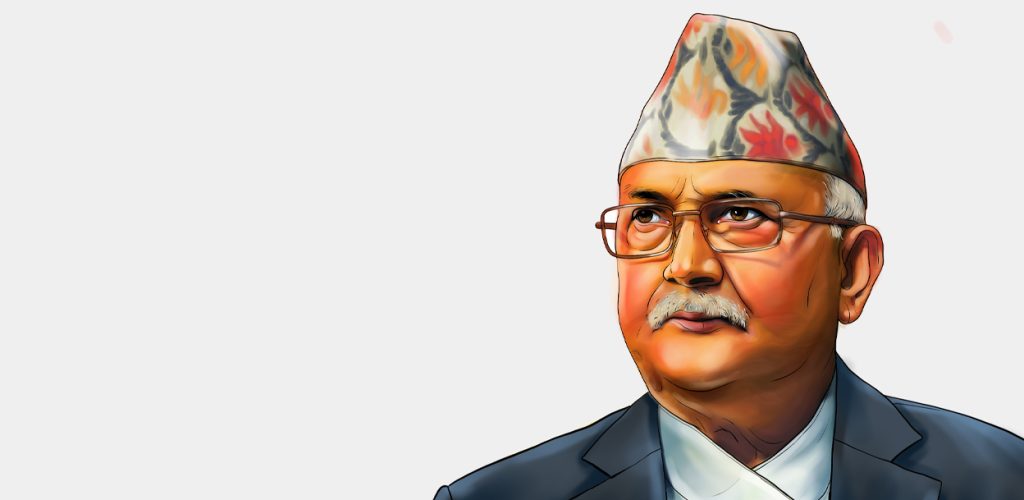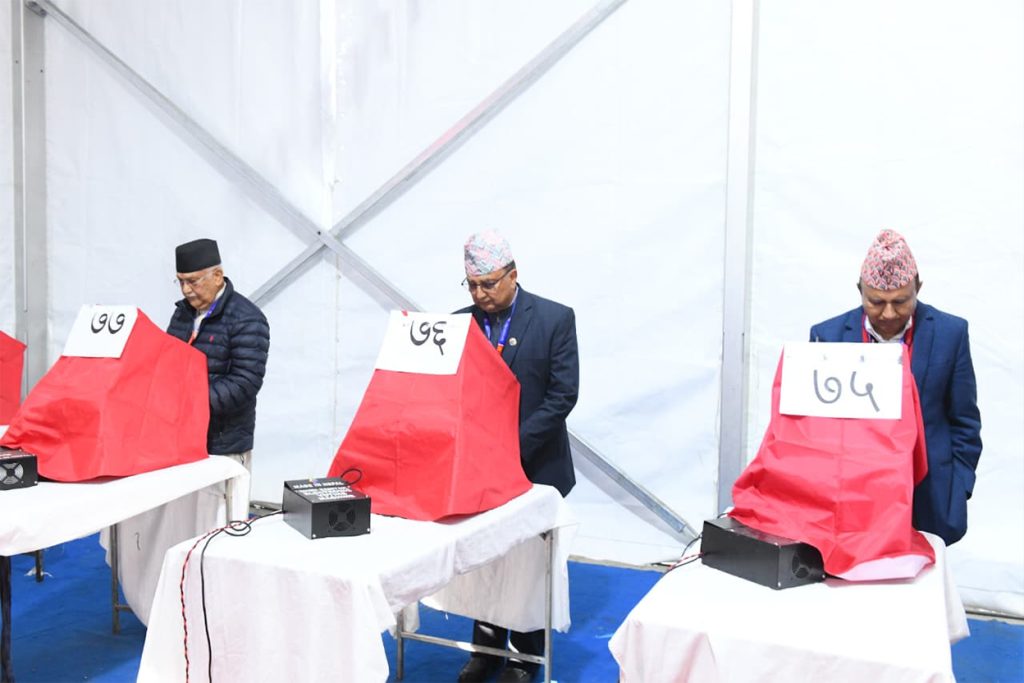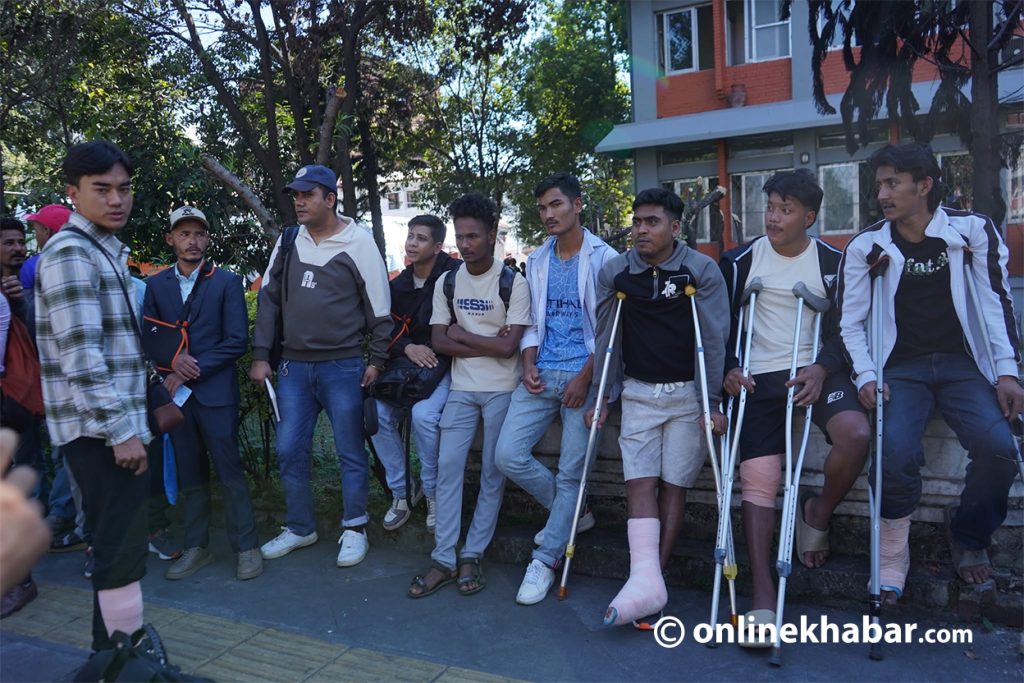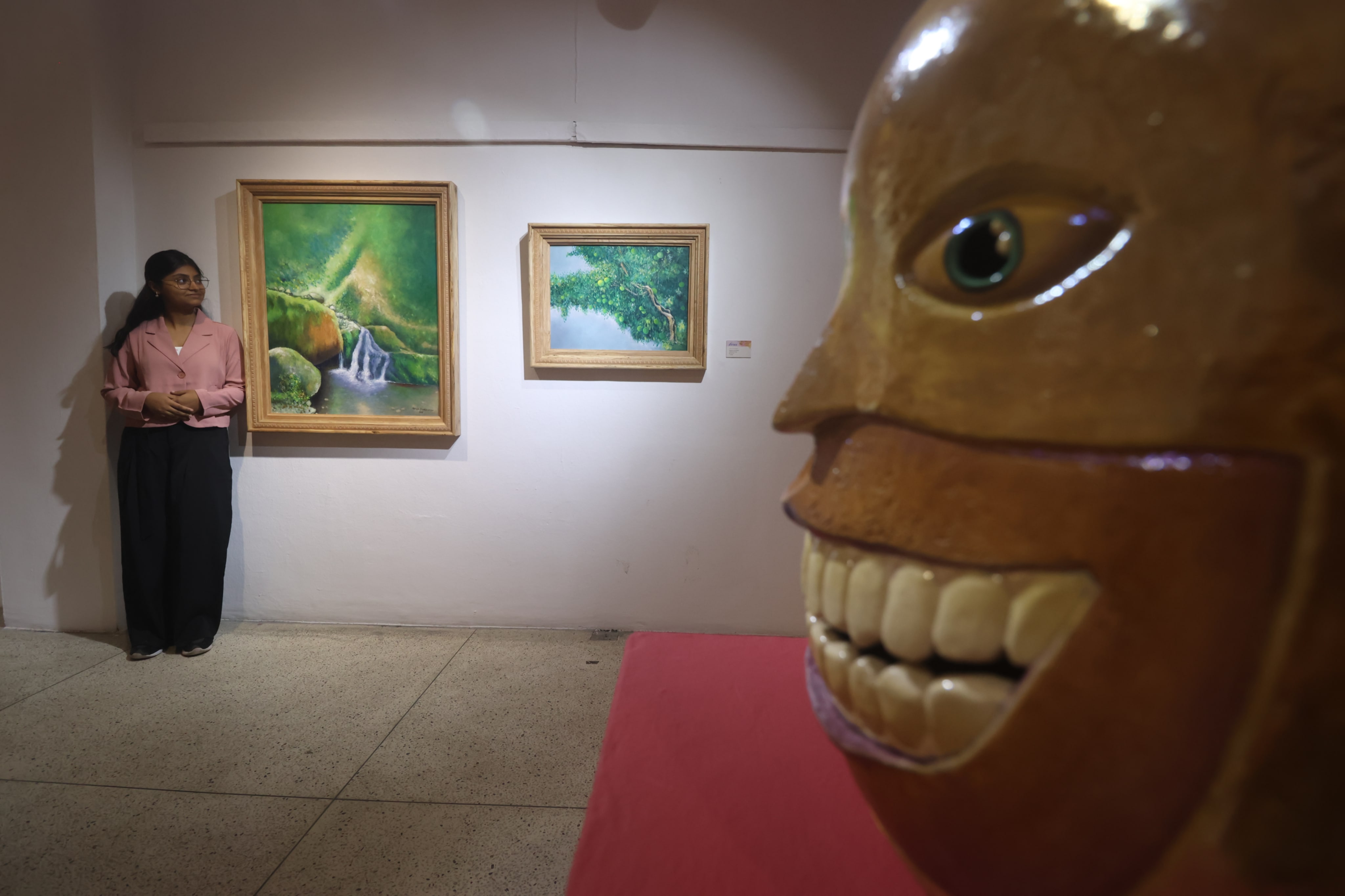
The Himalayan Art Festival 2025 opened with a burst of colour, texture, and curiosity that kicked off on August 8 at Nepal Art Council, Babermahal.
On the fifth day of the exhibition a boy of about eight could barely contain his excitement, repeatedly exclaiming, “Wow, wow, wow!” He and his friends were captivated by the paintings and sculptures on display at the eighth edition of the Himalayan Art Festival 2025.
“I liked the rhino in the painting,” he said, pointing to a semi-abstract work by senior artist Jeevan Rajopadhya. Nearby, two girls studied a minimalistic yet conceptual piece by veteran artist Ragini Upadhyay, where a personified water body mingled with trash. “The water must be drinking Pepsi and going shopping,” one of them remarked with a giggle.
In sharp contrast to Upadhyay’s restrained style, the bold, vibrant prints of veteran printmaker Seema Sharma Shah caught their attention. They noticed the price tag Rs 300,000 then glanced at Upadhyay’s painting, priced at Rs 750,000. Curious and slightly puzzled, one of them said, “There’s so much work going on in this artwork (Shah’s), and in that one (Upadhyay’s) not much seems to be happening. Why is that one more expensive?”
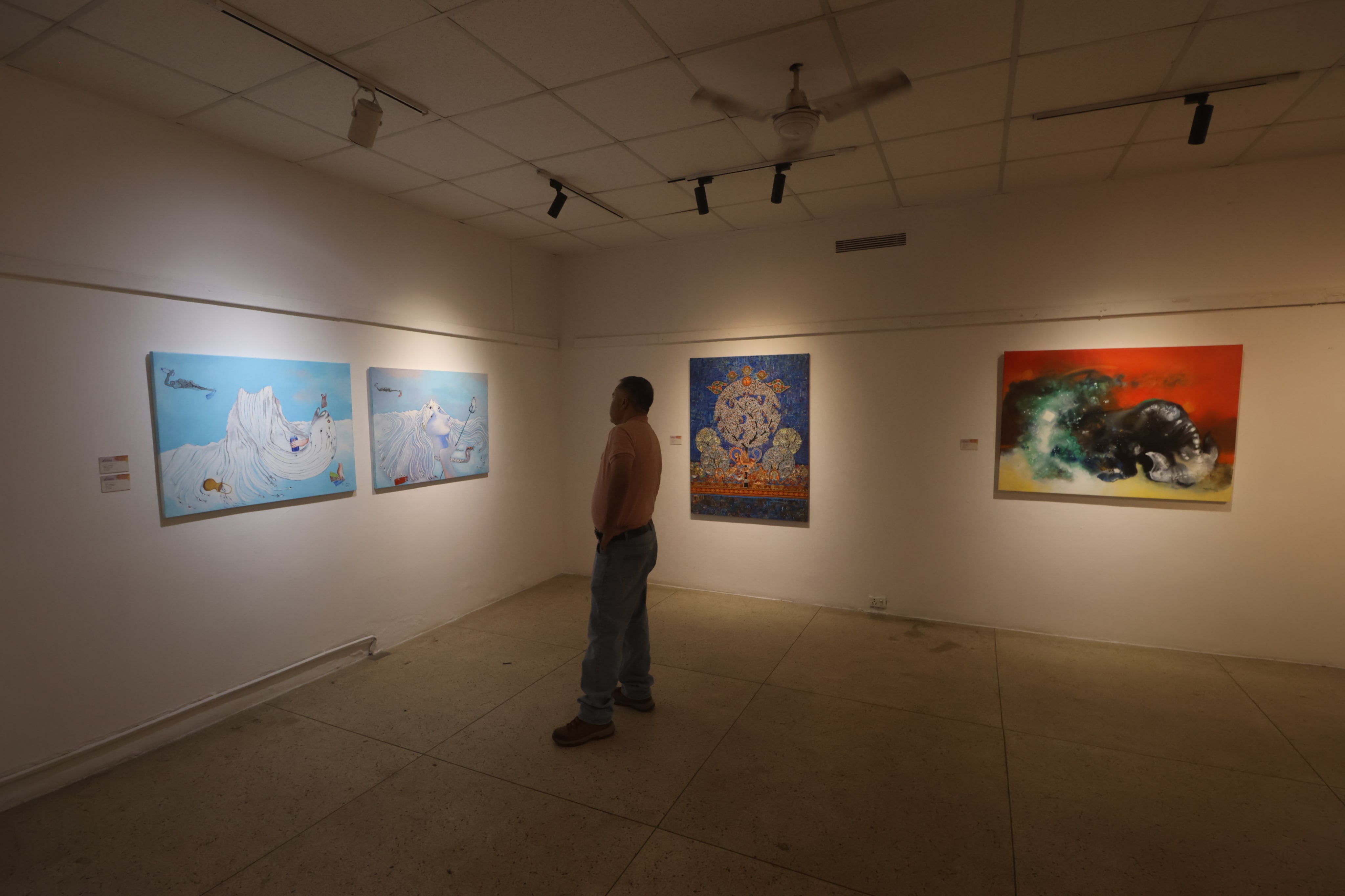
They soon learned that the price difference came down to technique. Printmaking allows for multiple reproductions, within limits set by the artist, while a painting is one of a kind. Satisfied with the explanation, they skipped off to explore the rest of the exhibition.
This year’s festival is more than an exhibition; it is a space where art provokes questions, invites conversation, and deepens understanding, whether among seasoned collectors or the most unexpected critics, children.
More than an exhibition
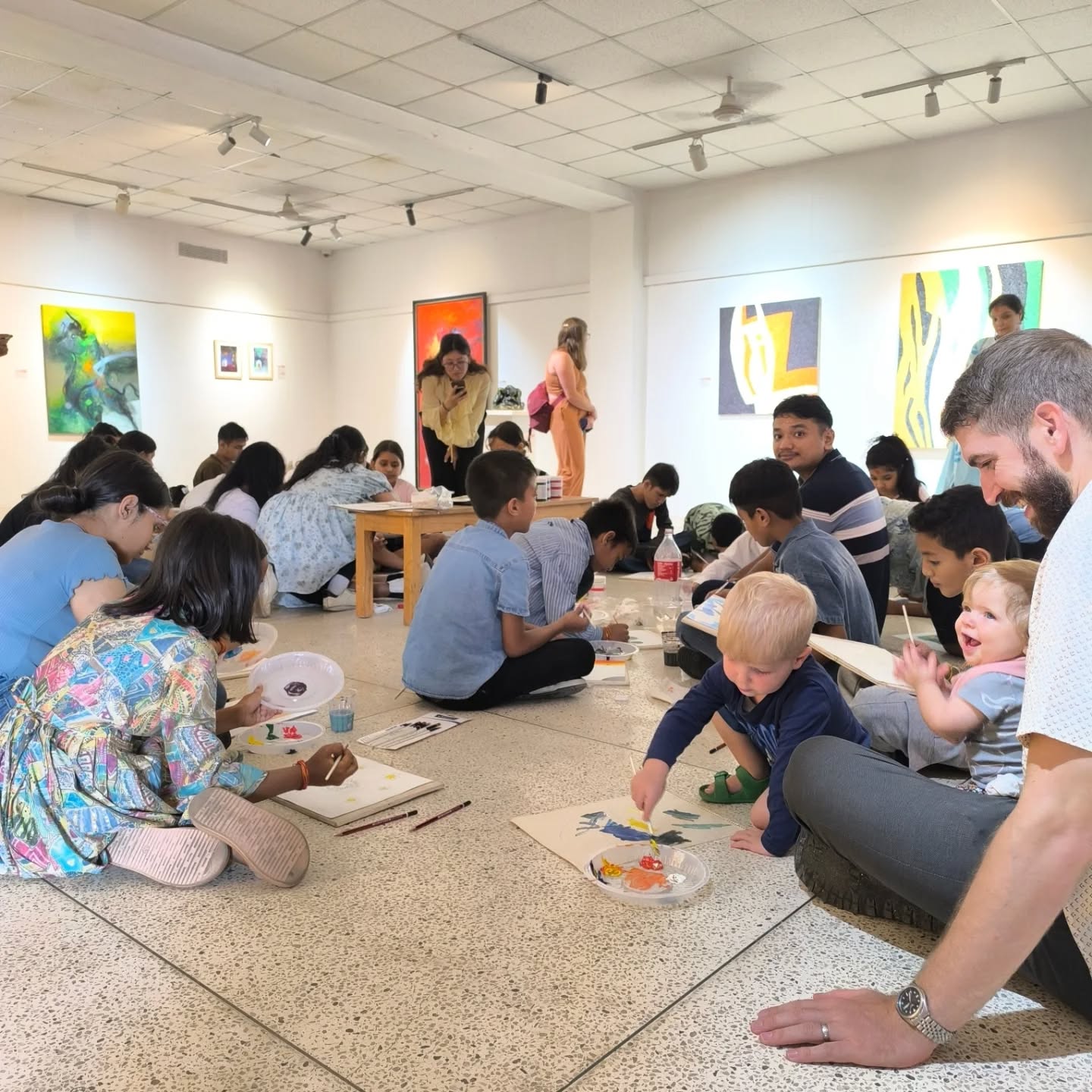
This year the exhibition features 120 contemporary Nepali artists and more than 200 artworks are displayed from the ground floor of Nepal Art Council to the top. The Himalayan Art Festival is an annual event launched in 2017 by E-Arts Nepal and the Kasthamandap Artists Group, which showcases a stunning array of paintings, paubha, sculptures, printmaking, installations, and ceramics.
The festival began with an aim to increase awareness and appreciation of Nepali contemporary art and promote corporate investments in art by providing a platform for local collectors and buyers to explore and engage with Nepali art practices.

Likewise, it features art talks, interactive children’s workshops, and the Prashanta Scholarship Award, promoting dialogues and learning within the art community. Each year, a master artist receives recognition for making a significant impact on Nepali art. For this edition, senior artist and designer Shyam Das Ashanta has been honoured for his exceptional dedication and invaluable contributions to the Nepali art scene.
Shark Tank Nepal’s Anand Bagaria, Cabinet Shrestha, Hem Raj Dhakal, Ritu Singh Vaidya, and Saurabh Jyoti inaugurated the week-long festival.
At the festival
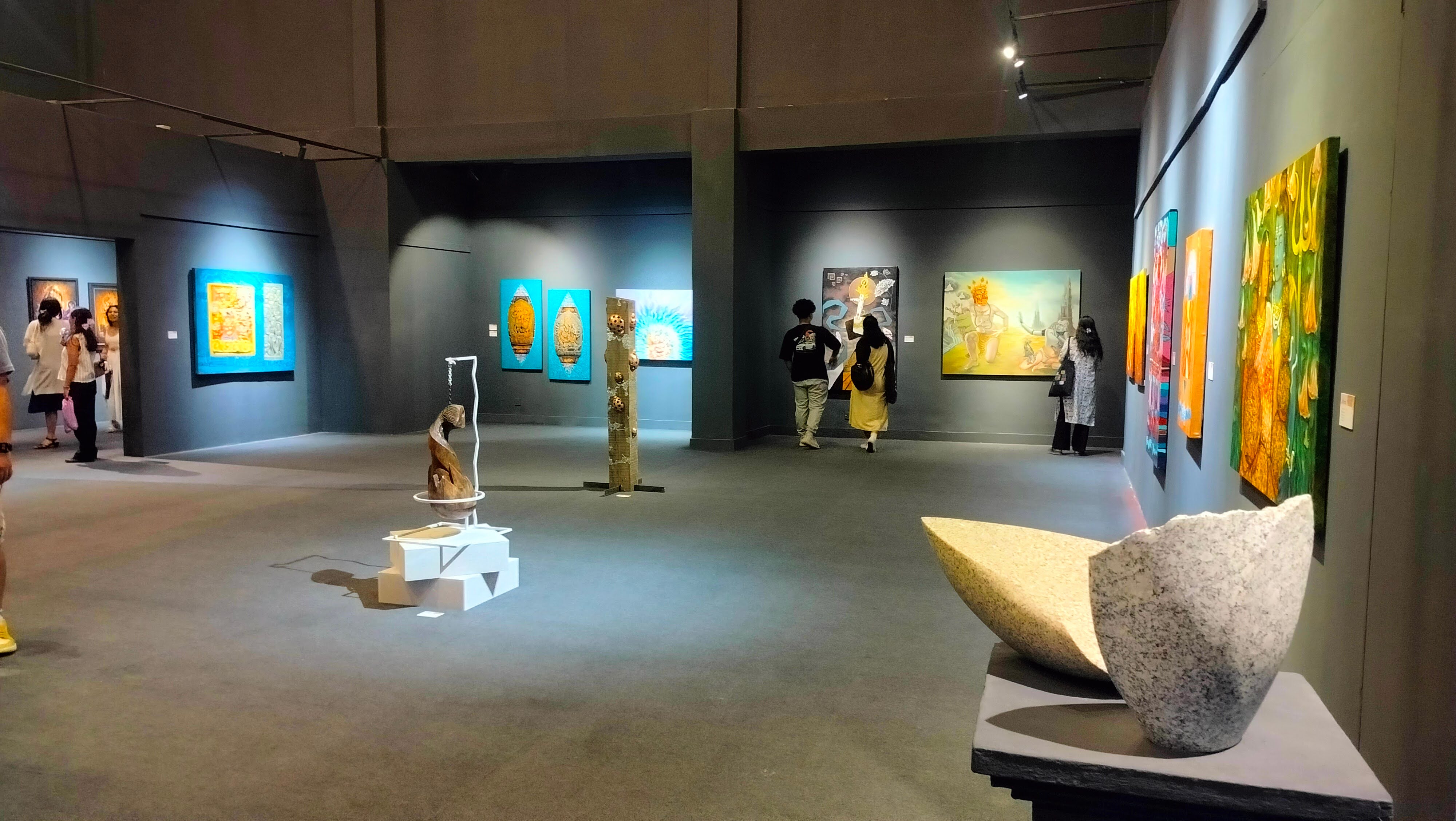
The exhibition has been curated in an aesthetically pleasing manner and each segment holds on the certain themes, colours and rhythm by curator duo Sagar Manandhar and Pratima Thakali. The organisers have not confined the artists in a thematic boundary where they can use their free will while creating their master pieces. As such, the festival has touched various themes of memory, socio-economic issues, political commentary, female perspective, nature, culture and environment.
The displays are balanced, with senior and emerging artists sharing their work on the same platform. This has made the festival a place to learn from and inspire one another. The exhibition also features a dedicated segment showcasing the works of honoured artists, along with pieces by the founder of Kasthamandap Artists Group, the late artist Prashanta Shrestha.
Artist Bidhyaman Tamang through his etching prints ‘A council of frogs’, revisited his childhood memories of Dashain. “As a child, Dashain meant the gathering of extended family under one roof, the clatter of card games, the scent of cooked feasts, and wild adventures in the terraced fields. We set clever traps for chickens, turned the ordinary into play, and filled each day with mischief and meaning,” he says, “Now, family members living in cities and abroad, the old house in Ramechhap feels quieter. Some voices are missing from the card games. This change, while bittersweet, deepens the value of what once was.”
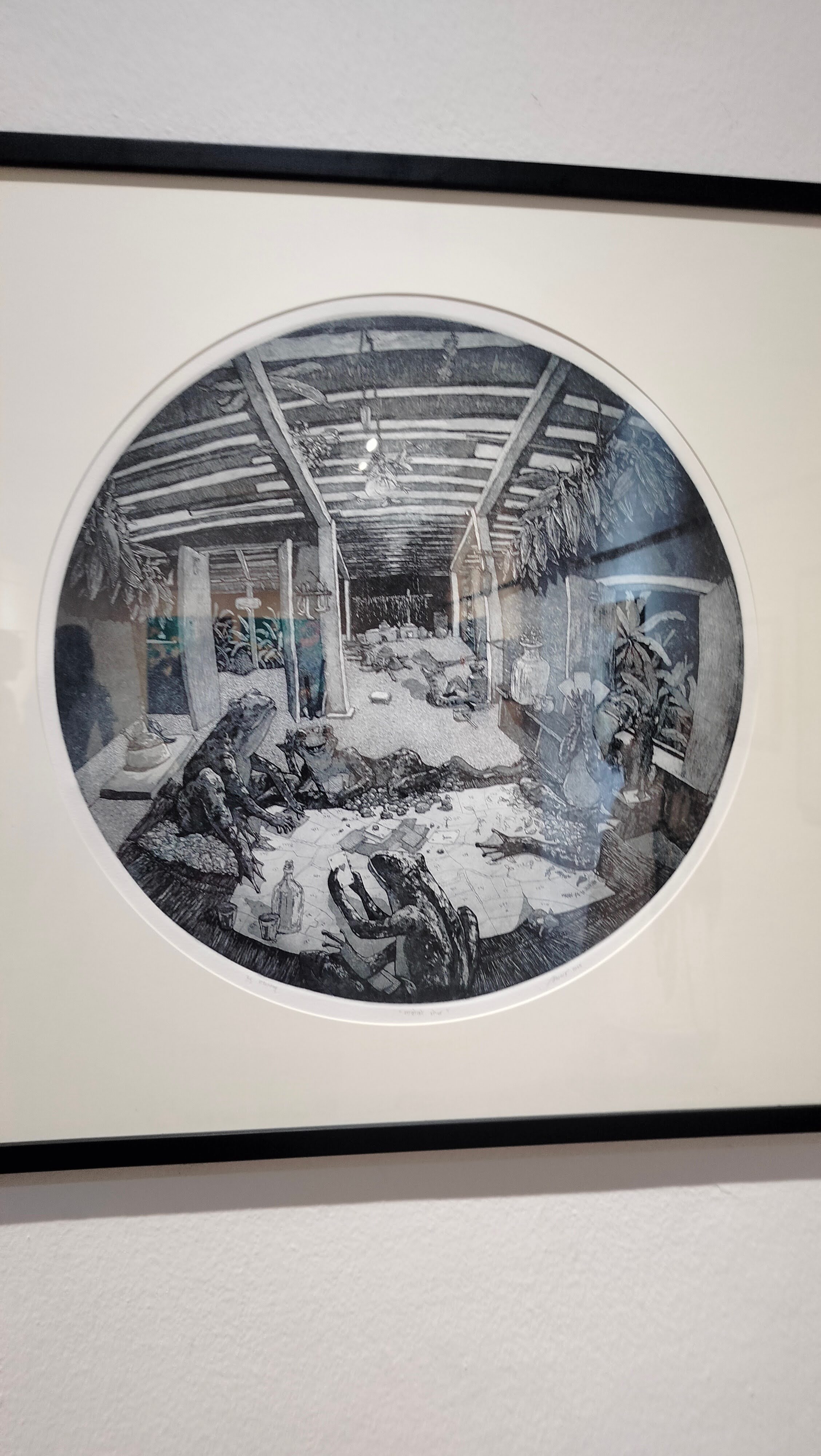
For him, etching allows to carve these memories into permanence, each line a trace of joy, each texture a reminder of presence. In his artworks, instead of human figure, frogs are shown making it a scene from a studio Ghibli Movies.
Likewise, artist Suresh Maharjan using silk print printmaking technique titled ‘Ekadeshma’ delved into his memory of Bagmati River when he used to go fishing for Asala Machha (Himalayan Snow/Common Trout) which was found in abundance during his childhood. He has symbolically created fishes.
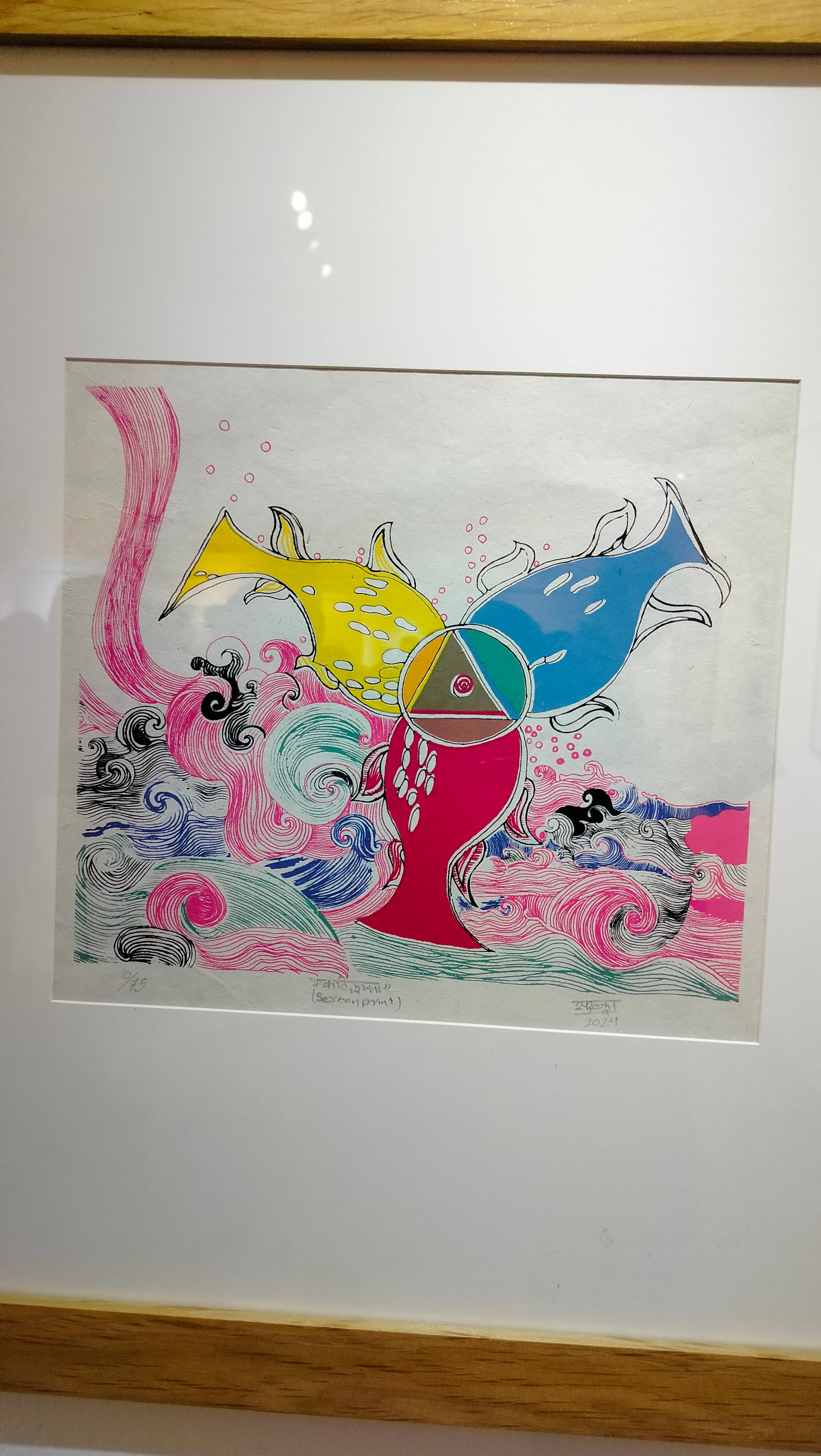
Using acrylic paint, artist Sundar Lama has created a life-size work titled Lotus Placenta, blending themes of creation, coexistence, and nature. The painting incorporates motifs such as a crow, lotus, baby, and waves to convey these ideas.
Concerned about the future, artist Anil Shahi seeks to warn viewers against neglecting existing natural and cultural resources. His work conveys a cry for preservation and attention before it is too late, when the consequence could be the disappearance of one’s existence and identity.
This and more are on display till August 14.
